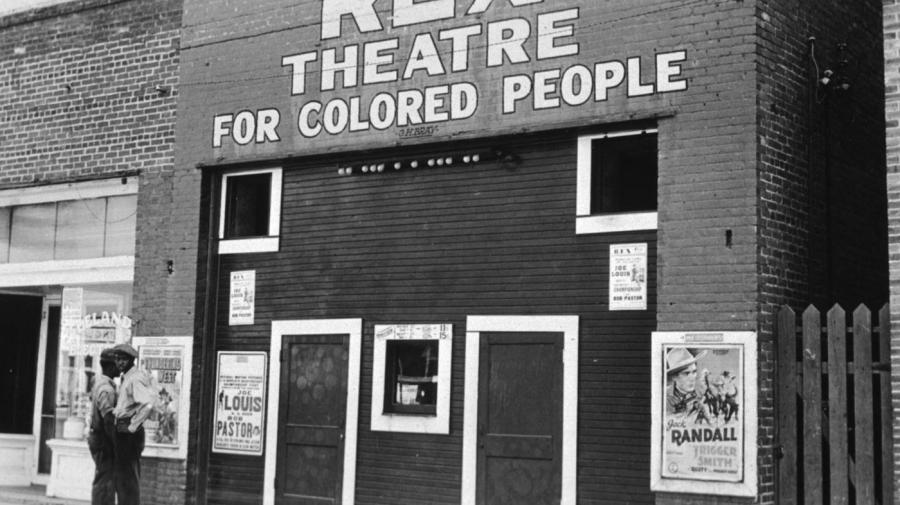How Did Jim Crow Laws Affect African-Americans?

The broad category of Jim Crow laws includes the prohibition of interracial marriage and laws enforcing the “separate but equal” doctrine that prevented racial integration in public places, such as restaurants, and required racially segregated public schools. “Jim Crow” is an unofficial name given to the white supremacist laws of segregation and other forms of race-separation enforced in the United States, from the end of legal slavery in the late 1800s until the Civil Rights movement in the 1960s. The term “Jim Crow” is derived from a racist stereotype popularized in minstrel shows and not an actual, living person, and is not the official legal name given to these policies.
One example of policymaking under “Jim Crow” is the segregation of the military and other federal government workplaces, a policy that was brought about in 1913 under the orders of President Woodrow Wilson. Although “Jim Crow” laws made segregation an absolute legal requirement in many cases, in some places in the U.S., the spirit of racism was enough to keep racial segregation a reality. Even something as simple as traffic was affected by some “Jim Crow” laws, as there were areas in the U.S. where white drivers were always considered to have the right of way while driving, no matter what the circumstance.





